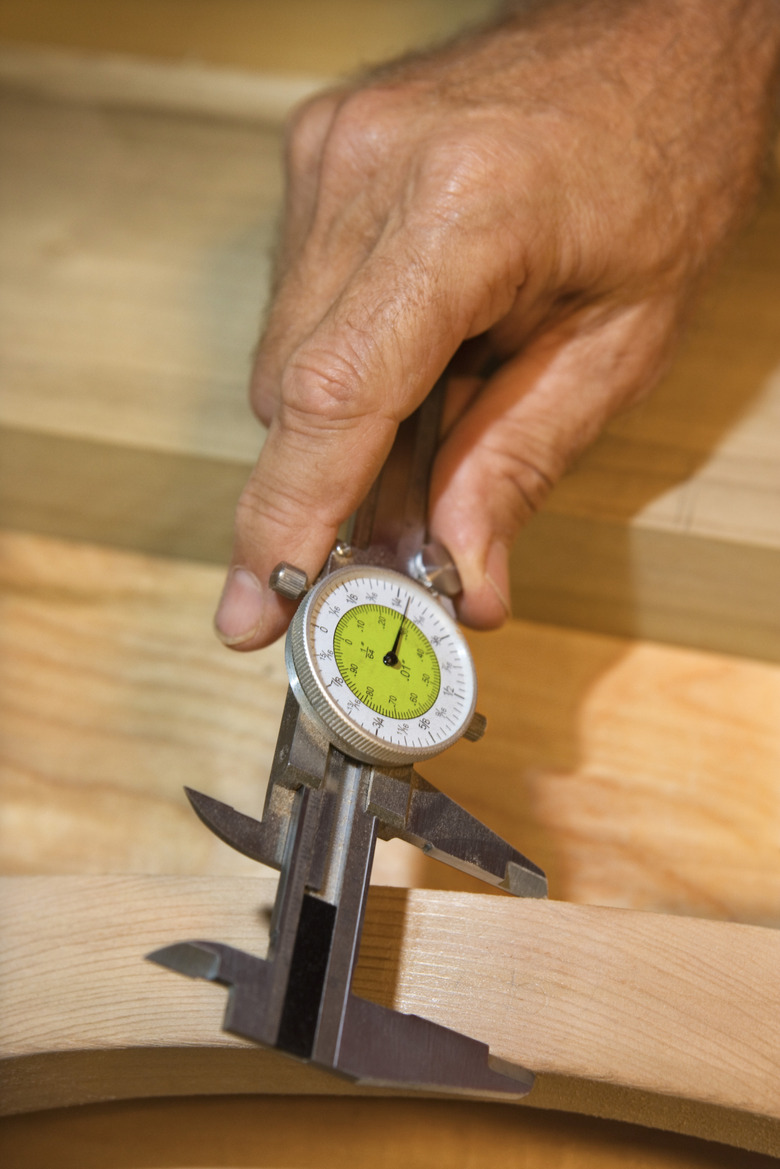How To Use Significant Figures In Addition And Subtraction
You can't make imprecise numbers more precise just by combining them with ones that already are. That's why rules exist for mathematical operations with numbers of different precision, and these rules are based on significant digits. However, the rule for addition and subtraction is not the same as for multiplication and division. Also, the rule for addition and subtraction is sometimes easier to understand in terms of decimal places.
Addition and Subtraction
Addition and Subtraction
Suppose you have two scales. One reads in increments of 0.1 g, and the other in increments of 0.001 g. If you measure 2.3 g of salt on the first scale, and combine this with 0.011 grams of salt weighed on the second scale, what is the combined mass? Well, it depends on which scale you weigh it on. On the first scale it still comes in at 2.3 g, but on the second it could be 2.311 or 2.298 or 2.342. If all you know are the two original masses, then you can only assume a precision of 0.1 g. So, the precision of the final result is determined by the least number of decimal places in the two numbers, and you round to that number of decimal places. In this case, 2.3 + 0.011 → 2.3. Other examples: 100.19 + 1 → 101, 100.49 + 1 → 101, 100.51 + 1 → 102, and 0.034 + 0.0154 → 0.050. The trailing zero is because we maintain precision to three decimal places. However, 0.0340 + 0.0154 → 0.0494. We keep four decimal places because the 0 after the four in -.0340 is significant.
Cite This Article
MLA
Ph.D., Ariel Balter,. "How To Use Significant Figures In Addition And Subtraction" sciencing.com, https://www.sciencing.com/use-significant-figures-addition-subtraction-2323698/. 24 April 2017.
APA
Ph.D., Ariel Balter,. (2017, April 24). How To Use Significant Figures In Addition And Subtraction. sciencing.com. Retrieved from https://www.sciencing.com/use-significant-figures-addition-subtraction-2323698/
Chicago
Ph.D., Ariel Balter,. How To Use Significant Figures In Addition And Subtraction last modified August 30, 2022. https://www.sciencing.com/use-significant-figures-addition-subtraction-2323698/
